Shortages, Bargaining, and HSA's Roadmap for 2025
A message from HSA President Kane Tse
As the specialized professionals working in so many critical positions in health care and community social services, we’re under a lot of pressure these days.
Whether it’s workload driven by chronic shortages and unfilled vacancies, classification redesign problems faced by some professions, or the employers’ frequent lack of respect for or understanding of the skilled work we do, it’s a lot.
Sometimes it seems as if these pressures are unrelenting. We’ve struggled through a pandemic, an increasing population placing more demand on timely care, and now the economic fallout of a potential trade war with the United States.
But as a member of a union, you’ve got thousands of colleagues who share these problems, and are working together through HSA to deal with them.
As your elected president, I want to give you a quick update on what we’re doing to help you.
Let me start with shortages. The lack of professionals qualified to do the highly specialized and skilled work we do is a giant problem, and one that affects all the professions represented by HSA, big and small. It’s particularly bad for laboratory technologists, respiratory therapists, occupational and physical therapists, sonographers, social workers, dietitians, pharmacists, anesthesia assistants and imaging technologists working in X-ray, CT, nuclear medicine, mammography and radiation therapy.
And those are just the larger professions. Shortages and unfilled vacancies are also playing havoc in smaller professions. There are only 80 perfusionists working in BC, and shortages in that profession caused over 100 cardiac surgery cancellations in just the first half of 2024. There are only 30 PET technologists in the province. They are needed to scan every single cancer patient before treatment can begin, and shortages there are adding to wait times that are already too long.
I hear every day from members struggling with the workload and the anxiety arising from these shortages. At the annual Regional Meetings, held around the province in September and October last year, hundreds of members waited patiently for their turn to share their stories with me and their elected Regional Directors. Many of them held back tears describing their exhaustion and their concern for the patients and clients impacted by this situation. We heard this at the bargaining proposal conferences held later that fall as well.
That’s why the union is working on the shortages issue on so many fronts.
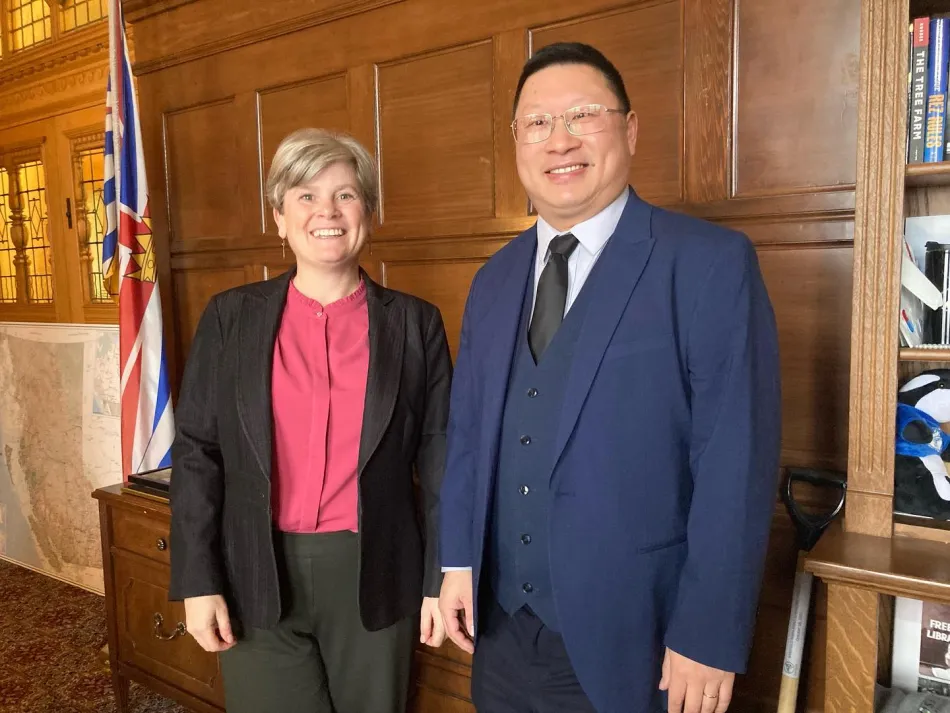
- HSA’s regional directors, senior staff and member volunteers work tirelessly to raise the shortages issue with decision-makers in government. While HSA is a non-partisan organization, during the fall provincial election we took the opportunity to highlight the important role of our members within a strong, public health care system, and as soon as the new ministers were appointed, HSA reached out to put our issues on their agenda. In January, I was joined by senior union staff for a meeting with the new Health Minister Josie Osborne, and in the coming weeks we will be meeting with Minister of Post-Secondary Education and Future Skills Anne Kang, Ministry of Children and Family Development Minister Jodie Wickens, Minister of Labour Jennifer Whiteside, and other ministries relevant to member concerns. In all cases we’re using actual member stories to underline the urgency of action on training, recruitment and especially retention of members dealing with burnout. This sort of engagement has led to concrete gains in recent years, including the creation of a dedicated provincial allied health officer now working inside government to address issues facing the health science professional workforce, and the implementation of recruitment incentives rolled out last year.
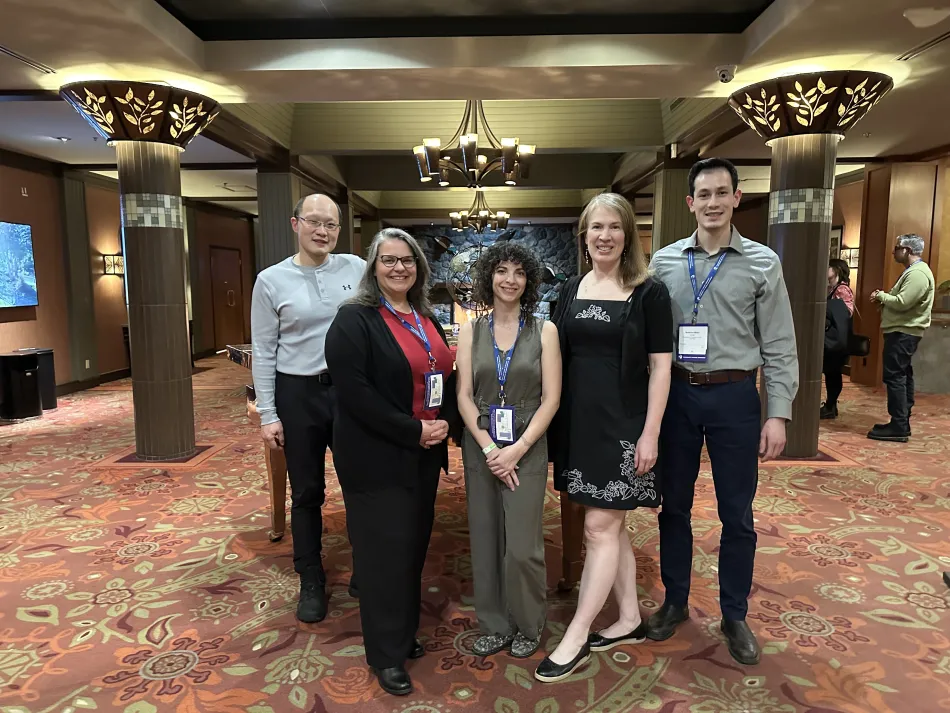
- In January I met with new and returning Constituency Liaison program members for a day of updates and training. The Constituency Liaisons are vital to our work of raising the profile of the work we do and the challenges we face by meeting with elected officials to provide first-hand reports of the impact of shortages. With a newly-elected provincial government, our CL program kicks into high gear. I encourage you to join the program, which provides training and support for conducting meetings with elected officials. As new MLAs of all BC parties settle in, we look to our CLs to raise awareness about the important work that we do in health care and community social services. These efforts will be given a big boost with our Lobby Day in Victoria that is tentatively planned for the Spring.
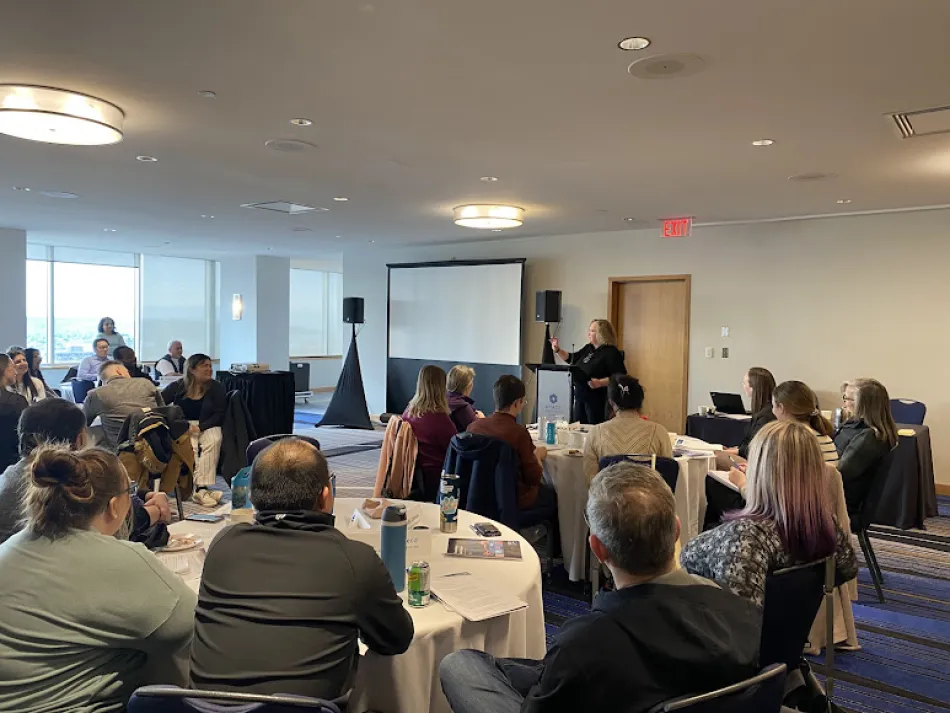
- In November, we took this message to the wider labour movement when each of your region’s elected members-at-large and board members attended the BC Federation of Labour’s 61st Convention. Our 30 delegates, along with nearly 800 delegates from unions across BC, came together and debated how the labour movement should collectively advocate for action on ER closures in rural BC, health care staffing shortages, occupational health and safety, worker-friendly legislative, fair taxation, climate change and much more. Delegates re-elected Sussanne Skidmore and Hermender Singh Kailley as BCFed President and Secretary-Treasurer respectively to a second two-year term. Your delegates spoke very passionately about the impacts of shortages in their professions, from social workers, respiratory therapists, recreation therapists, medical laboratory technologists, just to name a few and made a strong impact on the convention.
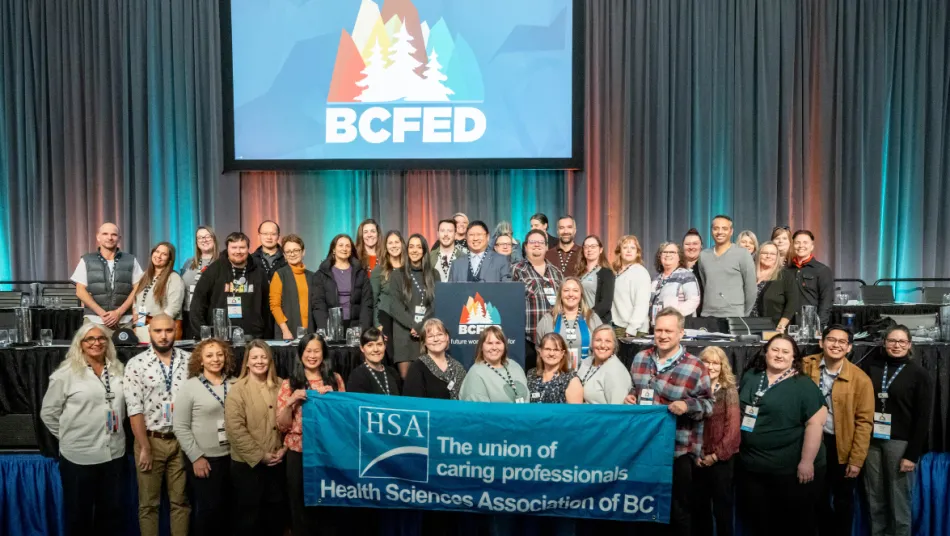
- At the national level, the union is working through the National Union of Public and General Employees (NUPGE) and the Canadian Health Professionals Secretariat (CHPS) to develop a strategy with other unions representing health science professionals to push the federal government for a national health human resources plan. I met with both groups in Ottawa in December for discussions on how to move this forward in 2025.
- Following our extensive focus group consultation meetings with members working at Child Development Centres across the province, we published our submission to the Ministry of Children and Family Development (MCFD) on the future of services for children and youth with support needs (CYSN). We believe this to be one of the more comprehensive reports produced in this sector which contained 14 policy recommendations to the Ministry and government. This report could not have been possible without the dedicated work and contributions of members in this sector that participated in the focus group sessions, both in-person and virtual. So thank you for helping us to create a valuable document that will be used to advance the gains for children who rely on your specialized skills.
Shortages of course will be a big focus as we prepare to begin negotiations for the next contracts, along with many other workplace issues.
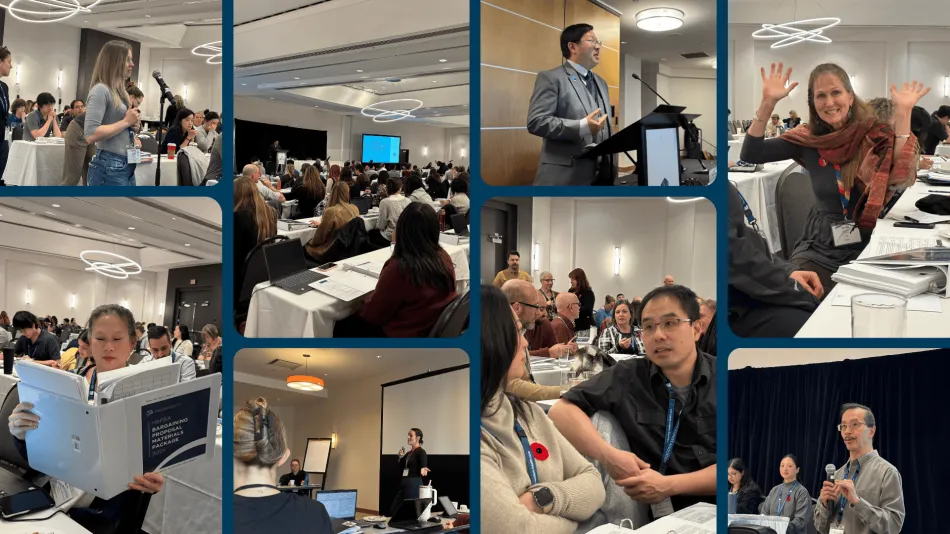
In October and November, members from around the province began discussions to set the direction of these negotiations at bargaining proposal conferences. Over 1300 specific proposals were submitted by members under the Health Sciences Professional Bargaining Association (HSPBA) collective agreement, and over the course of two days delegates worked with senior staff to prioritize these. Members under collective agreements for Community Bargaining Association (CBA), Community Social Services (CSS) and Nurses Bargaining Agreement (NBA) also submitted a significant number of proposals. All four of these contracts expire on March 31, and we anticipate a difficult round of bargaining. Unlike in the last round the provincial government is now facing significant fiscal challenges posed by a $9 billion budget deficit and the growing threat of economic sanctions from the Trump administration. HSA received a record number of bargaining proposals including over 1,300 proposals for the HSPBA. But while the negotiations will be difficult, we are resolute in our determination to achieve agreements that address the many concerns of our members, and reflect the vital importance of front-line professionals in health care and community social services. This round HSA will look to continue the collaboration with other public sector unions which was successful in delivering some of the highest general wage increases seen in over 20 years, and continue to be unmatched among health science professionals across Canada within the period since I was elected.
Bargaining is a long and intensive process, and I hope to provide updates as it progresses while ensuring that your negotiating teams are in the best position possible to get as much of what you have asked of them as they can. I want to thank all of you, from members and steward teams, for your thoughts in providing a very thorough and comprehensive list of bargaining proposals. Your elected bargaining teams will have lots of information when they head to the bargaining table later this year.
Pulling all this together, your board is continuing to develop a new strategic plan for the union. With a heavy emphasis on input from members like yourselves, this strategic plan ensures your union is an organization with direction that is doing more than just reacting to emerging issues, but sets targets to get ahead of the many challenges of the post-pandemic, shortage-riven and globally volatile landscape around us. Look for the new strategic plan to be unveiled at the 2025 Convention April 9-11 in Vancouver. This year, HSA will move to a one-member, one-vote process for the election of the president. Where previously, the president was elected by delegates to Convention, now every member will have an opportunity to cast a vote. The voting is being conducted online and the window takes place during Convention. Be on the lookout for more information as this rolls out.
Another big event coming up soon is our first ever Equity Summit in February. The summit will be an opportunity to connect and dream about what a more equitable working world could look like, and with an exciting mix of speakers, it's going to be an inspiring affair.
It looks like 2025 will shape up to be another busy year. On behalf of the Board, the staff and everyone at HSA, stay safe, stay warm and stay positive! See you at Convention or at your worksites.